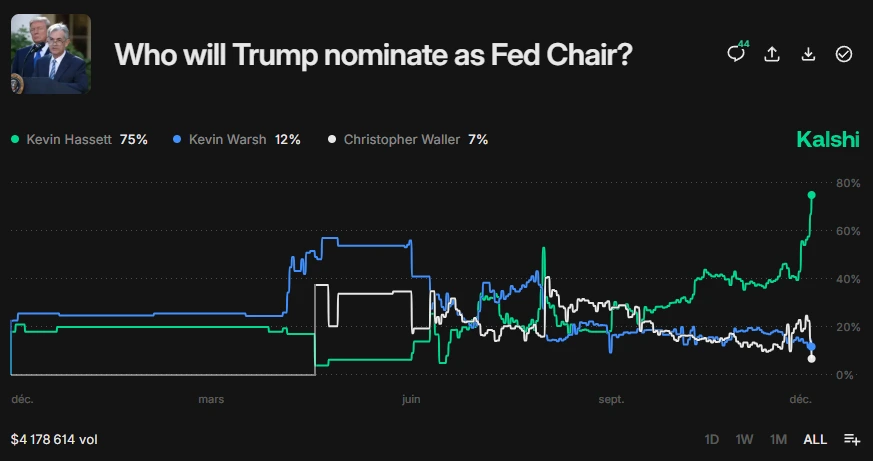Large Crypto Token Unlocks Drive Prices Lower Within Two Weeks, Research Suggests
Unlocks are staggered releases of cryptocurrencies that had been frozen to prevent early investors or project team members from selling in large numbers.

If you have been following the crypto market for a while, you have probably heard of . The process refers to staggered releases of specific amounts of cryptocurrencies that had been frozen to prevent early investors or project team members from selling in large numbers.
Unlocks and are widely considered bearish, though some observers say they only the existing market trend.
New research by analytics firm The Tie shows coins, on average, declined in the lead-up to the event. However, when the liquidity freed up represented more than 100% of the average daily volume, prices quickly recovered, only to fall deeper within two weeks following the unlock. The firm conducted a study of over 350,000 unique unlock events involving more than 100 tokens.
"In cases where the unlock represented more than 100% of the average daily volume, prices tended to rebound faster, albeit for a brief period. This could be attributed to traders feeling relieved that the unlock did not flood the market with new tokens immediately," Lawrence Lewitinn, the director of content at The Tie, wrote in Wednesday's newsletter.
"Nonetheless, within two weeks, prices of tokens facing such significant unlocks fell below their initial levels at the time of the unlock," he wrote. "This may suggest that holders preferred to wait a few days before selling into the market."
The Tie's research also showed an exponential increase in trading volumes in coins that saw large unlocks.

Edited by Sheldon Reback.
Disclaimer: The content of this article solely reflects the author's opinion and does not represent the platform in any capacity. This article is not intended to serve as a reference for making investment decisions.
You may also like
Vanguard Breaks Conservative Tradition, Opens to Crypto ETFs
Trump’s Fed Chair Announcement Likely This Week: Is It the Needed Crypto Bullish Catalyst?

XRP Price News: Breakout or Breakdown?
Huione Pay Halts Withdrawals After Run on Banks, Users Fear Major Losses
